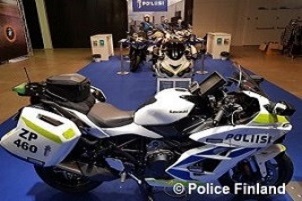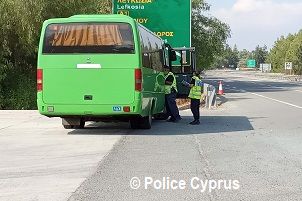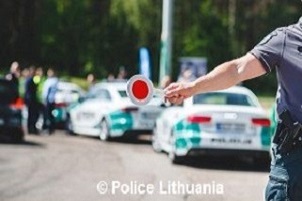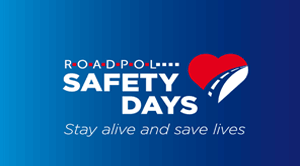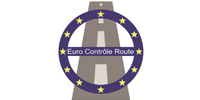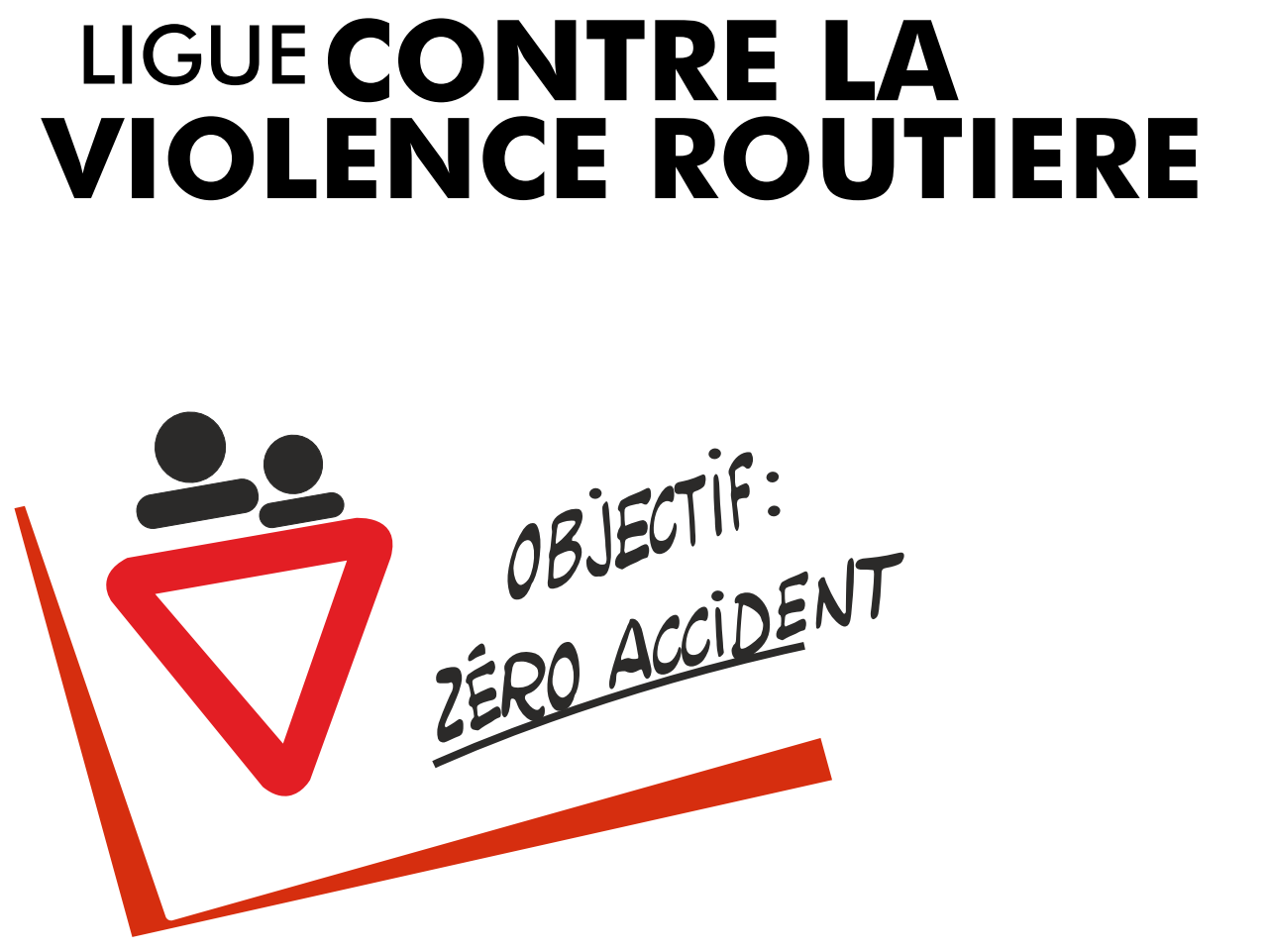One In Three Teens Poor At Weighing Risk When Crossing
9 MARCH - Even at 14 years of age, one in three children are still poor at correctly weighing the risk ot street crossing and are prone to making wrong decisions, study by the Accident Research Center at the German Insurance Association shows.
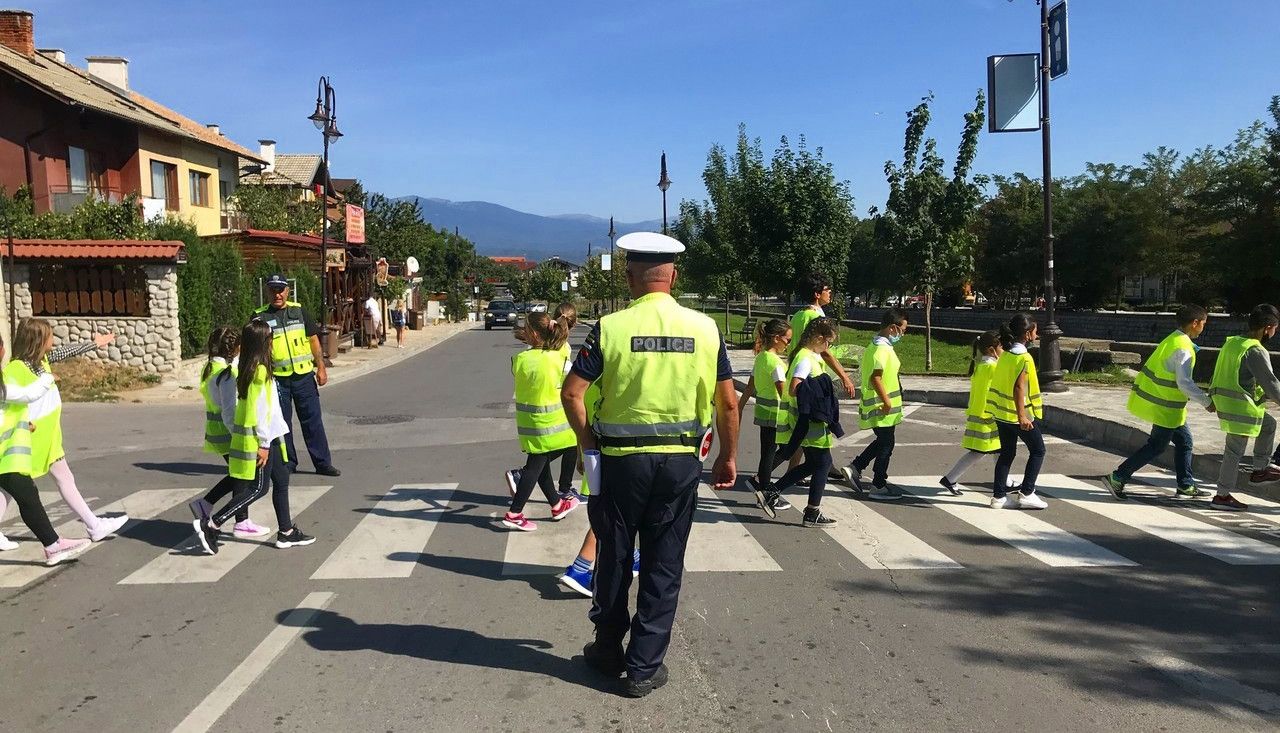 PHOTO: MVR.BG
PHOTO: MVR.BG
The goal of the project is to gain a deepened understanding of the quality and extent of traffic relevant cognitive capacities amongst children aged 5 - 14. A total of 183 children aged between 5 and 14 years participated in the study.
Experiments
During the first experiment the goal was to observe the decision-making patterns of children on when to cross the road in a real-life situation (two lane road). In each trial a vehicle (passenger car) approached from either the right or the left at a constant speed of 50km/h. At different distances between car and child (long distance = crossing possible, medium distance = crossing only possible with risk, short distance = crossing not possible) a signal was sounded. Based upon these signals the children decided whether to start crossing or not.
The second study was a laboratory experiment to widen the findings of the field study via computer animated traffic situations. In it a 30 km/h-, a 60 km/h- and an accelerating 20 to 50 km/h-cars were added as well as a large goods vehicle (LGV). At different distances between car and child a signal was sounded, based upon which the child decided whether to cross by pushing a button.
In the third study three different components of attention span capacity were registered with the help of standardised computer based psychological tests (TAP, KiTAP). Kids were asked to judge different traffic scenes with varying potential of danger.
Findings
In the field experiment as well as in the laboratory experiment even the older children (13 – 14 years old) often made „wrong“ and „risk“ decisions (ca. 1/3 of 13 - 14 year-olds). With increasing age, decision making improved mainly with regards to cars coming from the left. When the car approaches from the right the decision-making process is more difficult as the second lane must be considered. In this context, the children need a significantly longer time to decide. At 30 km/h children most often make the correct crossing decision in comparison to 50 km/h, 60 km/h and acceleration from 20 to 50 km/h. However, the readiness for crossing is related to more ‚risk‘ and ‚wrong‘ decisions.
The older the child, the longer the gaze was fixed on decision relevant areas and the shorter the reaction time. The testing of traffic related danger perception revealed that at age 7 to 8 children already have a differentiated perception of danger. Children with a higher perception of danger fix the decision relevant areas longer, but rarely make better decisions.
Conclusions
In light of the results, it appears sensible to begin early with age-appropriate traffic education and sensitisation to dangers in traffic, the researchers conclude. It is important that children acquire the capability to independently make situationally appropriate decisions and correctly use these in traffic. The results are meant to be used for the development of measures to protect children as pedestrians and to promote traffic relevant cognitive capacities.


